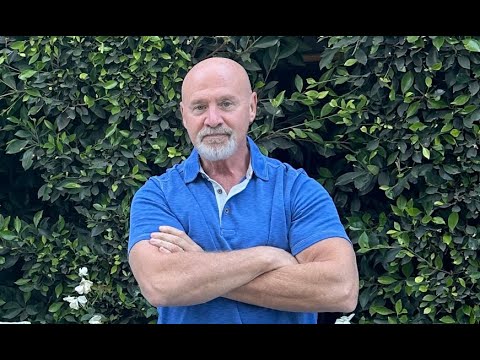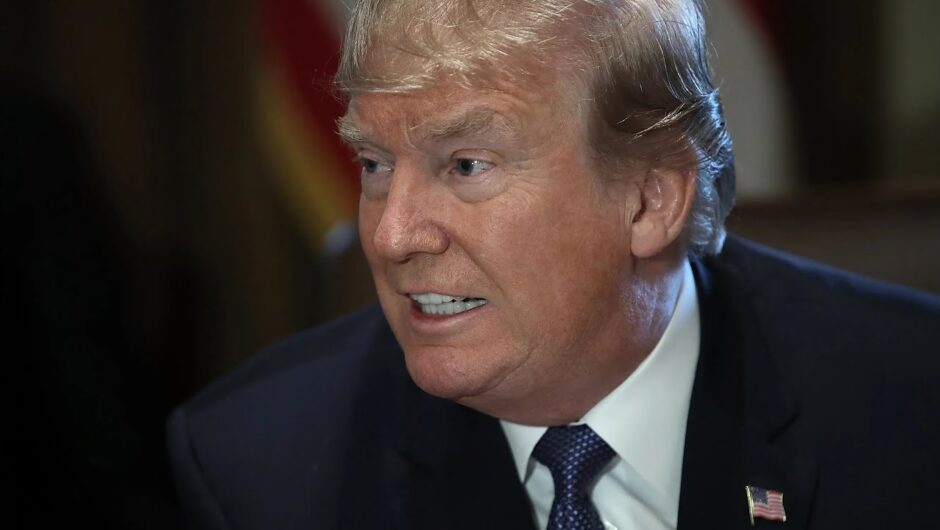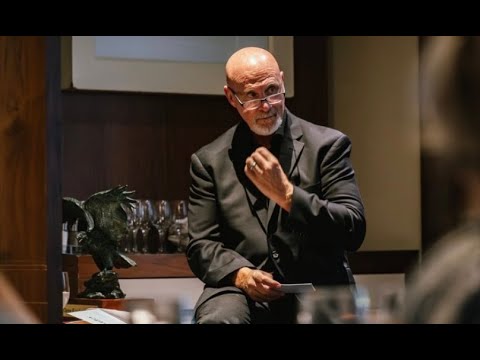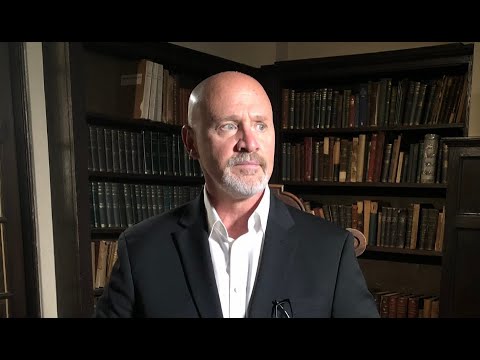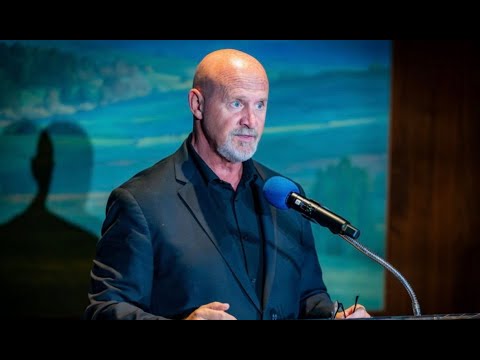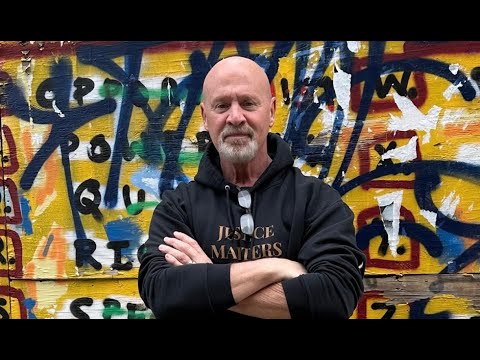news, latest-news, electricity, renewables, big battery
Already holding a huge fiscal stake in the ACT electricity market, French company Neoen is certain to be an aggressive bidder for the ACT’s proposed 250-megawatt-plus Big Canberra Battery project, which tentatively opened to the market this week. Neoen already has a 14-year deal with the ACT government to annually supply 100 megawatts of wind-generated energy, won in an auction last year. As part of that deal, it is building a battery of between 50 to 100MW in back-up battery storage to support the local grid. It also has a 300MW battery under construction in West Belconnen, a project for which the ACT government is described as a “potential partner”. Looking for further commercial opportunities, Neoen, a renewable energy supplier to the ACT and other jurisdictions including Victoria, has proposed a $3 billion wind, solar and battery development located just off the appropriately named World’s End highway, south of Burra and north of Robertson, on the northern Mt Lofty Range in South Australia. It already owns and operates the 99-turbine Hornsdale Wind Farm in South Australia, which is a primary source for the ACT’s renewable power. But the massive $3 billion SA project, at Goyder, is on another scale again. It will include 163 turbines, each 160 metres in height, and two massive solar farms, with a total of 3000 hectares of glass panels. Three local substations would be required to manage Goyder’s output. Goyder is also planned to have a 900MW battery which, once constructed, will dwarf the current 150kW lithium-ion big battery which Tesla boss Elon Musk four years ago famously declared he would deliver within 100 days, or deliver free. Neoen’s commercial commitments in South Australia will depend heavily on winning more business to fund its Goyder investment. The company won the ACT’s first wind auction back in 2015 and is forging ever-closer links with the ACT government through a partnership with the Canberra Institute of Technology’s Renewable Energy Skills Centre, and the ActewAGL hydrogen refuelling station in Fyshwick. The “market sounding” process announced by the government this week is seeking input from major providers to “assist with risk assessments and issues relating to the project” and to develop “project requirements, procurement options and approaches”, according to the briefing documents. The territory is legislatively committed to the Big Canberra Battery project through the 10th Parliamentary Agreement between Labor and the Greens, which sets the commitments and obligations for the two parties. The Big Battery’s stated role is to increase local network reliability by reducing pressure and congestion on the grid. However, equally importantly, it would help manage the amount of power flowing back into the grid due to the major uptake in rooftop solar across the ACT in the past six years. In 2019-20, 119,000 megawatt hours of solar energy were generated by rooftop solar systems across the ACT, up 18.8 per cent on the previous year. Rooftop power generation across the ACT has almost doubled since 2014-15. Most of the growth has been in small and medium rooftop solar generators, through deals from retailers who only make payments for “net” generation exported to the grid, left over after any consumption at the premises. Too much “residential” power being fed back into the grid causes instability and thermal issues. A big battery, whether split across several small (but linked) storage installations or lumped into one, is designed to provide better grid stability and store residentially generated power, for feeding back into the grid at times of peak demand. Our journalists work hard to provide local, up-to-date news to the community. This is how you can continue to access our trusted content:
/images/transform/v1/crop/frm/ZBtA3uhzm786CWHKXPpjK4/f5ad8961-5237-4812-b342-bfec4b34484b.jpg/r0_1457_3024_3166_w1200_h678_fmax.jpg
Already holding a huge fiscal stake in the ACT electricity market, French company Neoen is certain to be an aggressive bidder for the ACT’s proposed 250-megawatt-plus Big Canberra Battery project, which tentatively opened to the market this week.
Neoen already has a 14-year deal with the ACT government to annually supply 100 megawatts of wind-generated energy, won in an auction last year.
As part of that deal, it is building a battery of between 50 to 100MW in back-up battery storage to support the local grid.
It also has a 300MW battery under construction in West Belconnen, a project for which the ACT government is described as a “potential partner”.
Looking for further commercial opportunities, Neoen, a renewable energy supplier to the ACT and other jurisdictions including Victoria, has proposed a $3 billion wind, solar and battery development located just off the appropriately named World’s End highway, south of Burra and north of Robertson, on the northern Mt Lofty Range in South Australia.
It already owns and operates the 99-turbine Hornsdale Wind Farm in South Australia, which is a primary source for the ACT’s renewable power.
But the massive $3 billion SA project, at Goyder, is on another scale again. It will include 163 turbines, each 160 metres in height, and two massive solar farms, with a total of 3000 hectares of glass panels.
Three local substations would be required to manage Goyder’s output.
Goyder is also planned to have a 900MW battery which, once constructed, will dwarf the current 150kW lithium-ion big battery which Tesla boss Elon Musk four years ago famously declared he would deliver within 100 days, or deliver free.
Neoen’s commercial commitments in South Australia will depend heavily on winning more business to fund its Goyder investment.
The company won the ACT’s first wind auction back in 2015 and is forging ever-closer links with the ACT government through a partnership with the Canberra Institute of Technology’s Renewable Energy Skills Centre, and the ActewAGL hydrogen refuelling station in Fyshwick.
The “market sounding” process announced by the government this week is seeking input from major providers to “assist with risk assessments and issues relating to the project” and to develop “project requirements, procurement options and approaches”, according to the briefing documents.
The territory is legislatively committed to the Big Canberra Battery project through the 10th Parliamentary Agreement between Labor and the Greens, which sets the commitments and obligations for the two parties.
The Big Battery’s stated role is to increase local network reliability by reducing pressure and congestion on the grid.
However, equally importantly, it would help manage the amount of power flowing back into the grid due to the major uptake in rooftop solar across the ACT in the past six years.
In 2019-20, 119,000 megawatt hours of solar energy were generated by rooftop solar systems across the ACT, up 18.8 per cent on the previous year.
Rooftop power generation across the ACT has almost doubled since 2014-15.
Most of the growth has been in small and medium rooftop solar generators, through deals from retailers who only make payments for “net” generation exported to the grid, left over after any consumption at the premises.
Too much “residential” power being fed back into the grid causes instability and thermal issues.
A big battery, whether split across several small (but linked) storage installations or lumped into one, is designed to provide better grid stability and store residentially generated power, for feeding back into the grid at times of peak demand.
Our journalists work hard to provide local, up-to-date news to the community. This is how you can continue to access our trusted content:


